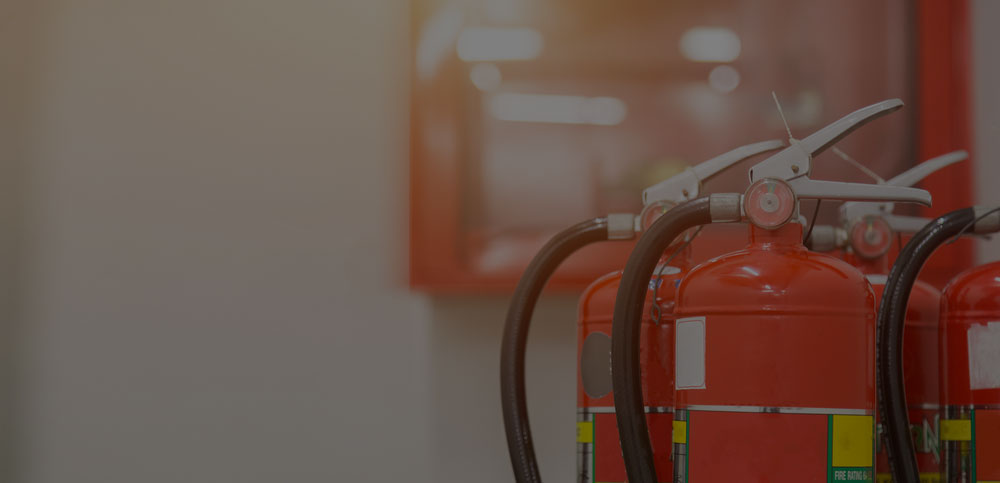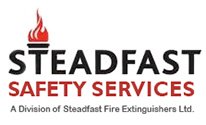There are different types of fire extinguishers designed today. Even though they all appear similar, fire extinguishers are designed to put off different types of fire. It’s important to understand your building’s unique needs and choose a unit that will protect lives and assets when a fire breaks out.
Below are 3 important considerations to keep in mind when choosing a fire extinguisher.
1. Understand the potential fire hazards in your building
There are many different types of fire hazards. Ordinary combustible materials, electrical appliances, flammable liquids, gas or tools, and equipment can cause fires hazards. Each of these types of hazards has its unique classification that will often affect the fire extinguisher price. When buying a fire extinguisher, it’s important to check the classification of the fire hazard it can be used to extinguish.
Class A: This indicates that the extinguisher is suitable for use on ordinary combustible materials such as paper, cloth, and wood.
Class B: The unit can be used on flammable liquids such as oil, gasoline, and grease.
Class C: Can be used on electrical equipment such as computer appliances and tools.
Class D: Can be used on flammable metals.
Class K: This extinguisher can be used on fires that involve cooking oils such as animal fat and vegetable oils.
If a fire extinguisher is rated for home or office use, it’s likely suitable for Class A, B and C fires only.

2. Check the UL rating
Every fire extinguisher has a UL rating. Fire extinguishing units undergo testing by the Underwriters Laboratory (UL), after which they are given this rating. This rating indicates how much fire the extinguisher, can put off, which is its relative extinguishing effectiveness.
The UL rating is given before Class A and Class B: C extinguishers. The rating appears as a number beside the letter A and it ranges from 1 to 40. A UL rating of 1 means that the fire extinguisher can put off 11/4 gallons of water. Therefore, if a Class A fire extinguisher is written 4A, it means that it’s able to extinguish the fire just as effective as 5 gallons of water.
For Class B and C fire extinguishers, the rating measures the square footage that the unit can put off. For instance, if the extinguisher has 20:BC it means that it can extinguish fire over 20 square feet and it’s suitable for use on electrical equipment.
3. The size of the fire extinguisher
Fire extinguishers come in different sizes and you need one that can not only effectively put out fire but also be easy for the average person to use. Consider the size of the room when deciding on the size of the extinguisher. Think of how quickly the fire would spread to other areas of the building and invest in a fire extinguisher that will help to address immediate hazards in the area.
Most common fire extinguishers are 10 pounds in weight. They are often used in commercial buildings, warehouses, and areas like garages and workshops. Other smaller fire extinguishers are 5 pounds in weight and are best for offices and household spaces. You may also get a 2-pound fire extinguisher for a car or truck.





